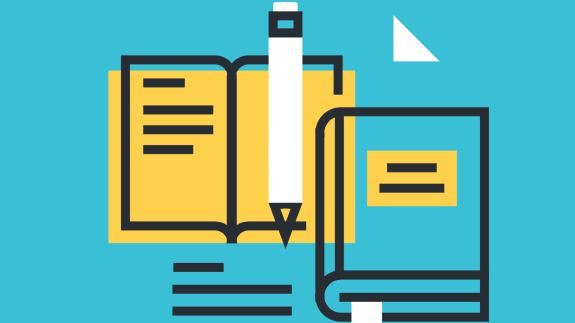Editor’s checklist: 8 ways to improve your nonfiction writing in 10 minutes
By Laura McClure on November 14, 2016 in TED-Ed Lessons

Ready to improve your next blog post, school essay or how-to article? Try these self-editing tips after you write a first draft:
Find the main idea + put it first. Writers frequently throw away a first paragraph on throat-clearing, explanatory exercises. Whether you’re blogging or writing another piece of editorial content, you can probably cut the first paragraph and lead with the 2nd — try it and see. The point is to start with a compelling statement.
Find the conclusion + put it last. What’s the 1 thing that you want readers to remember? That’s your conclusion. It will be similar to your main idea. Note: Some speed readers only look at the first and last paragraphs of a blog post. Make these count.
Read it out loud, preferably to another human. This practice alone will improve your writing. You’ll hear the parts that need to be tweaked.
When in doubt, make it two sentences. Really. If you’re stuck in the weeds, just make it 1 idea per sentence, in this order: Subject verb object.
Make the text more descriptive. Do a quick check for cliches (and swap them out). Do a quick check for clunky 3-syllable words (and swap in fresh, vibrant words). If you’re describing a scene, try to include words that evoke sensory input (sight, sound, taste, touch, smell). As a general rule, choose ‘use’ instead of ‘utilize’ when you write. Use a thesaurus.
Less words, more visuals. The beauty of digital writing is that it’s not print — so take advantage of the medium. If you’re writing for a blog, you can (and should) include illustrations, images, pullquotes, videos, gifs, links, bullet points, and/or bigger and smaller text. For some effective examples, see Brainpickings.
Swap in short words + strong verbs. If you’re writing a blog post, then you’re writing for a global audience. For the sake of clarity, try to avoid jargon + acronyms. For inspiration, read On Writing Well.
Factcheck, factcheck, factcheck. Before you publish a blog post, turn in a talk script, or hand over an assignment, please comb through your draft one last time to confirm names and spellings, doublecheck quotes and source links, and triplecheck the accuracy of all facts, dates and statistics.
For more writing tips from TED-Ed, check out Be a better writer in 15 minutes: 4 TED-Ed lessons on grammar and word choice. Image credit: Shutterstock.
To learn something new every week, sign up for the TED-Ed Newsletter here >>
Tags: San Francisco Writers Grotto, Writing & Composition